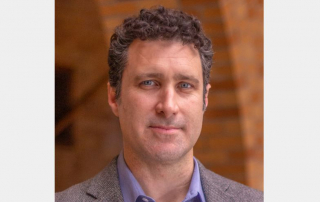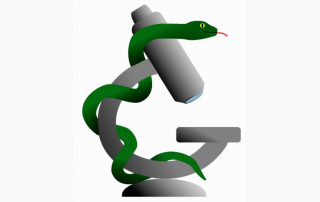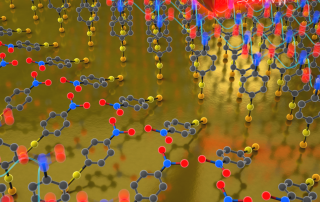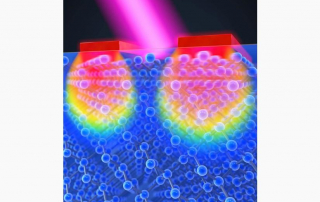Congratulations to Andy Minor for Being Elected President of the Microscopy Society of America
Andrew Minor has been elected as President of the Microscopy Society of America in 2022. The Microscopy Society of America (MSA) is a non-profit organization dedicated to the promotion and advancement of techniques and applications of microscopy and microanalysis in all relevant scientific disciplines.





